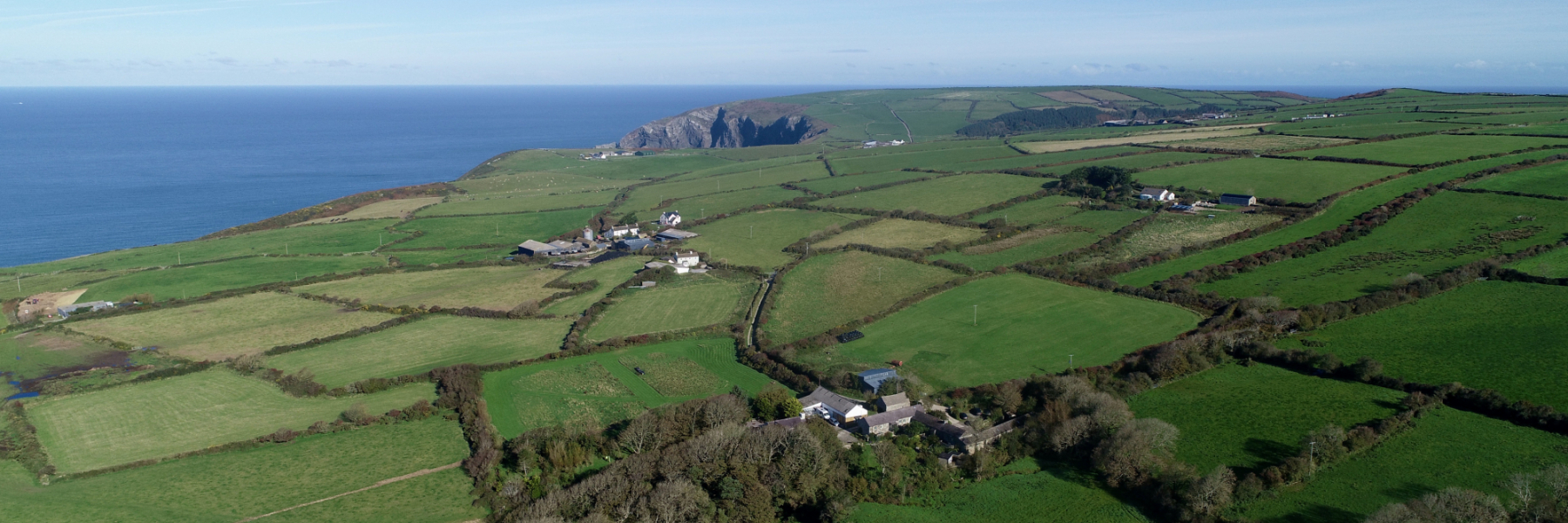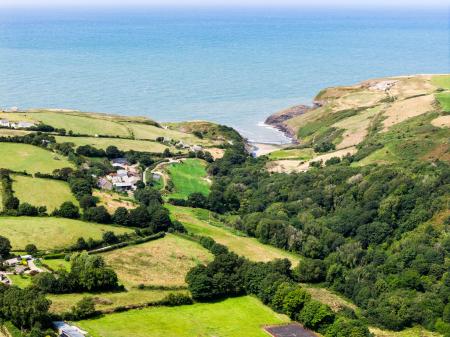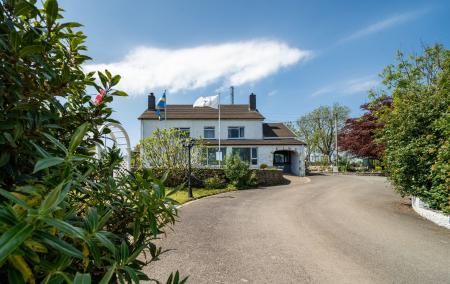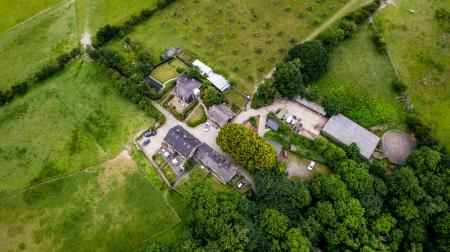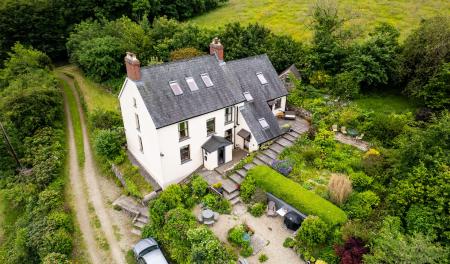Cardigan, sits on the estuary of the River Teifi which flows into Cardigan Bay. It is an un-spoilt town and has a rich heritage. It is on the southern border of Ceredigion and just across the Teifi River from Pembrokeshire and Carmarthenshire.
The restoration of Cardigan Castle is regenerating the town and the old harbor district.
The Ceredigion Coastal path starts from the bridge in Cardigan a point marked by an Otter sculpture. Along it to the North are Gwbert beach, Cardigan island and Cardigan Island Coastal Farm Park.
South of the estuary is St Dogmaels, an abbey and Poppitt Sands a vast sandy beach with RNLI lifeboat station.
Attractions
There are cafes pubs, galleries and shops a plenty in the town and the old Guild Hall home to Cardigan market.
There are boat trips from here along the estuary and out to sea dolphins from Gwbert and St Dogmaels. Theatre Mwldan has a cinema and regular shows.
Cardigan, origin of the name: (Welsh: Aberteifi) is a town in the county of Ceredigion in Mid Wales. It lies on the estuary of the River Teifi, at the point where Ceredigion meets Pembrokeshire. It was the county town of the historic county of Cardiganshire.
Cardigan is an anglicisation of the Welsh Ceredigion meaning "Ceredig's land." The town's Welsh name Aberteifi means "mouth of the Teifi."
For the Welsh "Ceredigion" refers only to the name of the county, whereas in the past "Cardigan", for the English, referred to both town and county. Distinction was later made by the county being referred to as Cardiganshire, although since 1996 it is referred to as Ceredigion in both languages.
History
The town is strategically placed on the banks of the River Teifi. The castle was built by Robert Montgomery in 1093 after the Norman army conquered Ceredigion. A walled settlement developed around the castle, and after much unrest the Normans were eventually defeated. In 1176 Lord Rhys instituted the first eisteddfod. Contestants came from all over Wales, England, Scotland and Ireland to compete for chairs in music and poetry. In 1199 the town received its first charter and became an important trade centre. In 1227 a weekly market was established which continues to this day.
Until the 16th century, Cardigan was a small, walled town with some river traffic. Wales was formally annexed by England through the instrument of the Laws in Wales Acts 1535–1542. This established political and domestic stability and boosted economic prosperity through the increase in maritime trade, for example. The herring fishery developed and by the beginning of the 18th century, there was a large merchant fleet. Exports included herring and salmon, slate, bark for tanning, corn and ale. Imports included oranges, manufactured goods, building materials and coal. Industries that developed included shipbuilding, brickworks, a foundry, ropemakers and sailmakers.
In the 18th and early 19th Century, Cardigan was the most important seaport in South Wales. In 1815 it possessed 314 ships totalling 12,554 tons. This was seven times as many vessels as Cardiff and three times as many as Swansea.
It had a thriving shipbuilding industry, with over 200 vessels being built both in Cardigan and downstream in the village of Llandudoch (St Dogmaels).
Rural industries and craftsmen were an important part of life in a country town. Information recorded in Trade Directories show that in 1830, there were in Cardigan;
Thirteen boot makers, three bakers, one corn miller, four blacksmiths, seven carpenters, two coopers, six tailors, five dressmakers and milliners, two straw hat makers, two weavers, three curriers, three saddlers, two whitesmiths (tinsmiths), four glaziers, five maltsters, two printers, two tanners and one stonemason.
The Guildhall, built in a Gothic design, from 1858-60 The cost of building was £1,880-5s-0d for the front buildings, and £2,174-15s-0d for the markets.
The river silted up and larger vessels could no longer reach the port, which had largely become inactive by the early part of the 20th century. Plans for dredging have come to nothing over the years.
Cardigan is the second largest town in Ceredigion with 4,203 inhabitants (2001).
Looking to buy or rent property in Cardigan?
Browse through our collection of exquisite properties in the area.
